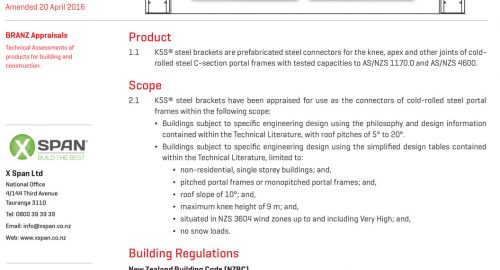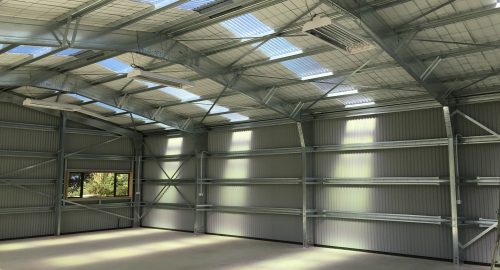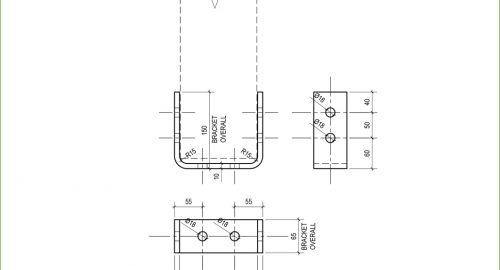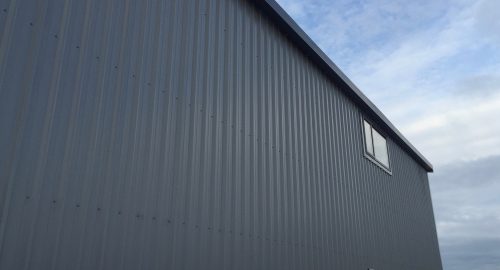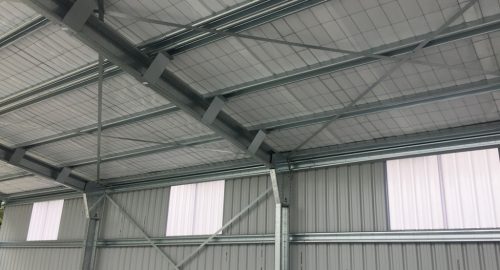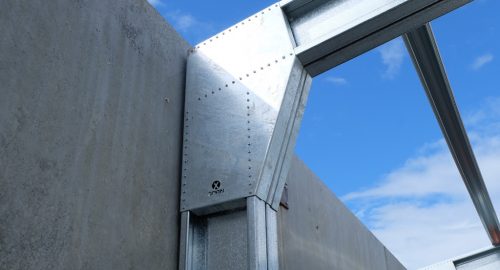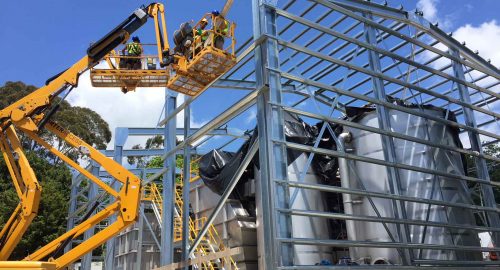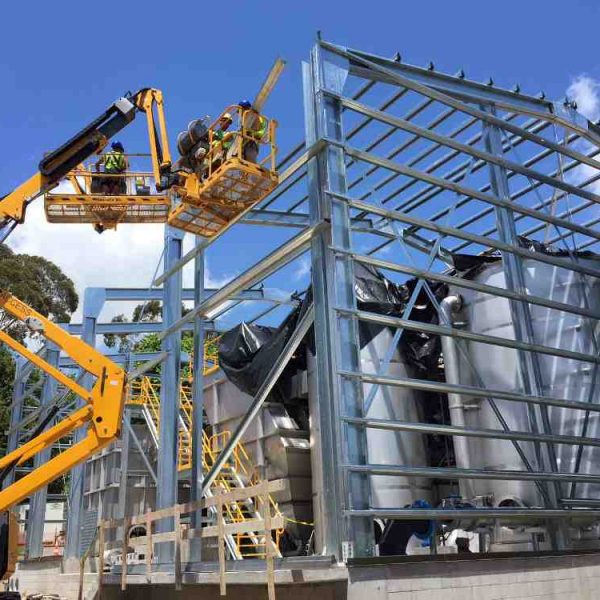When it comes to engineering and design we are without question at the top of our game!
Each and every one of our building designs are location specific, engineered to the appropriate New Zealand (or Pacific Island) Standards using our advanced software design system Shed Creator. However, to meet council or local/government department consent requirements, your project will require an independent site specific engineering review, which will be supplied through X Span. Our team of independent engineers design all buildings in accordance with the loads of AS/NZS 1170 and AS/NZS4600 and will provide a site specific PS1 together with supporting engineering calculations, plans and specifications. We strive to provide this documentation within 20 working days of your deposit being received. Find out more about specifics on Engineering under our terms and conditions.
The grass roots engineering which makes Shed Creator so powerful is built on a large network of engineering parameters and engineering design criteria – origins of which are either location or building standards specific. Find out more about our specifics on Design Criteria under our terms and conditions.
Our recent advances in engineering for cold rolled steel C-section portal frames have certainly allowed us to go big in our designs – building spans of 25 meters plus, up to 9 meters in height at the knee, lengths in excess of 100 meters and varying bay sizes with individual bay sizes up to 8 meters in width.
Our cold rolled steel C-Section main portal members range from C150 to C400 section sizes with varying gauges. Dependent on building span and many other environmental factors including snow, wind and earthquake loadings, these C-Section members form either a singular portal or back-to-back portals to create the backbone of our building design structure. We use a ‘Tophat’ design for all roof purlins and wall girts, which ranges in size and gauge dependent again on span and other engineering factors.
X Span uses the renowned and market leading K5S® steel portal bracket system, New Zealand’s first and only BRANZ Tested and Appraised steel portal bracket system. Although the construction concept is nothing new in the industry, the unique qualities of K5S® brackets is that they have been designed to support the maximum capacities of the C-Section members connected into them. Because of this, we can achieve the maximum spans and portal sizes that standard industry available cold rolled C-Sections are capable of – all due to the superior strength of the K5S® brackets that support them.
The known capacities of the K5S® brackets allow engineers to incorporate them in building designs without needing to do specific engineering on the individual brackets. All the portal joint brackets have gone through a robust testing program at BRANZ – producing some big surprises that even the engineers didn’t expect!
K5S® provides you New Zealand’s very best in strength, with integrity you can trust. Not only are you getting a stronger building, but the K5S® steel portal bracket system will also allow you to build a bigger building without the need for knee or apex braces. This system is without doubt the best steel portal bracket system on the market! For more information click here.
So there you have it! Our world class Engineering and Design forms the cornerstone of your X Span experience, giving you the Best Product at a Great Price.
To view our customer testimonials please click here.
IMPORTANCE LEVELS
Building authorities, on behalf of the community, regulate the strength of a building’s construction to resist any expected loads, and to adhere to standards of acceptable risk of structural failure for various types and uses of building.
The selection of design actions based on Importance Level is a regulatory obligation, not a discretionary engineering choice. The community expects, and designers and suppliers should strive for, uniform risk of failure for buildings of equal importance. BCA 2008 defines four importance levels:
- Level 1. Buildings or structures presenting a low degree of hazard to life and other property in the case of failure.
- Level 2. Buildings or structures not included in importance levels 1, 3 or 4.
- Level 3. Buildings or structures that are designed to contain a large number of people.
- Level 4. Buildings or structures that are essential to post-disaster recovery or associated with hazardous facilities.



